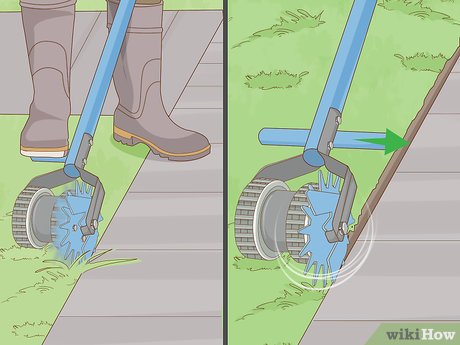3 Ways to Use Three-Point Lighting

Introduction
Three-point lighting is a fundamental technique used in photography, film, and video production. By using a main light source, a fill light, and a backlight to illuminate subjects from three different angles, this method allows for more precise control over the appearance of shadows and highlights. In this article, we will explore three different ways to use three-point lighting to create stunning visuals and improve your next creative project.
1.Classic Three-Point Lighting: The Perfect Starting Point
The classic three-point lighting setup is perfect for beginners and seasoned professionals alike. This straightforward approach allows you to create well-lit portraits with balanced exposure and minimal shadows. Here’s how you can achieve the classic look:
– Key Light: Set up your main light source (the key light) at an angle of around 45 degrees from the subject’s face. This placement ensures even illumination on one side while leaving some shadow for depth.
– Fill Light: Place the fill light on the opposite side of the key light to soften any remaining shadows without completely eliminating them. The fill light should be positioned at the same height as the key light but with less intensity.
– Backlight: To separate your subject from the background, position the backlight behind and slightly above them. This will create a gentle outline or halo effect, adding dimensionality and polish to the final image.
2.Dramatic Lighting: Bring Out Emotion and Atmosphere
When you need to evoke strong emotions or build an atmosphere of tension or mystery, adjusting your three-point lighting setup can make a big difference. Use these tips to heighten drama:
– Lower Key Light: Move your key light lower than eye level and angle it upwards towards the subject’s face. This creates unconventional shadows and an unsettling, intense effect.
– Strong Contrast: Increase the power of your key light while reducing or eliminating the fill light. This produces a high-contrast look, casting bold shadows on the subject’s face and emphasizing their features.
– Colored Backlight: Experiment with colored gels or LED lights to create a vivid, atmospheric backlight that enhances the mood of your scene.
3.Creative Compositions: Integrating Three-Point Lighting with Unique Setups
Three-point lighting is a versatile technique that can be adapted to various creative compositions and unconventional setups. Here are some ideas to help you think outside the box:
– Window As Key Light: Use natural light from a window as your key light, and fill in shadows using supplementary light sources, such as lamps or additional softboxes.
– Artificial Fill Light: Embrace technology and use tablets, smartphones, or computer screens as portable fill lights to create unique effects and color temperatures.
– Environmental Backlighting: Incorporate environmental elements into your backlighting setup. For example, you could use car headlights or city streetlights to create distinctive background illumination.
Conclusion
Three-point lighting is an essential tool in any creative professional’s arsenal. Mastering this technique allows you to manipulate light effectively, accentuate important details, and evoke specific emotions in your visual projects. Whether you’re exploring classic techniques or experimenting with dramatic and unusual setups, implementing three-point lighting will ultimately enable you to create compelling visuals that captivate your audience.






